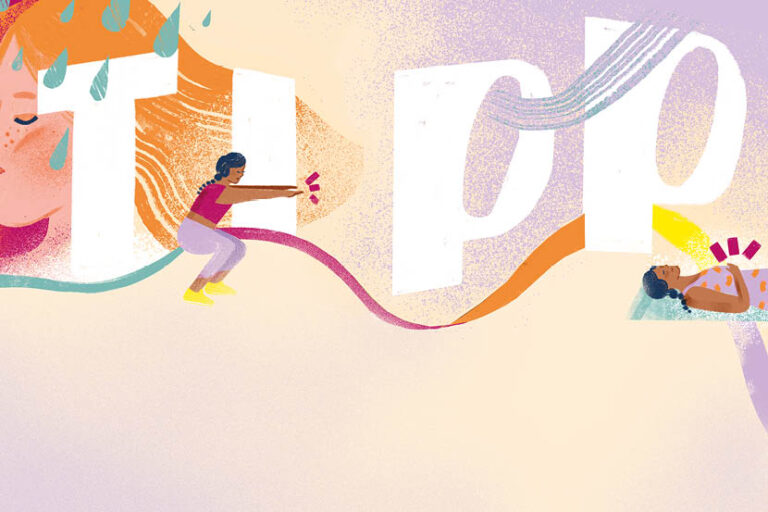
Candle-gazing, or trataka, is a simple yet powerful meditation technique. Learn how incorporating the age-old practice of candle-gazing into daily life can bring you clarity and a deeper sense of presence.
From guided group sessions to individual movement-based explorations, eyes wide open with a wandering mind to gently closed in deep contemplation, meditation comes in all guises. There’s no one-size-fits-all option, which means there really is something for everyone, regardless of experience, mobility, and personal preference.
Trataka is an age-old approach that has stood the test of time, and while little has changed in the way it’s practised, this refreshingly straightforward technique remains as relevant today as it was when it was first created.
How candle-gazing supports wellbeing
People who practise trataka speak of its many benefits, including:
- The physical quality of stillness – of the eyes and the body – helps to cultivate a sense of presence, both physically and mentally, which can help to relax the body and quieten the chatter in the mind.
- Improved concentration. The act of maintaining focus on a fixed point helps to develop the ability to focus on things in other areas of life, also enhancing attention and willpower.
- Improved vision. Regularly exercising the muscles that control eye movement – especially over a long period of time – can strengthen the muscles concerned and help the eyes work together better.
‘As you focus your attention on the flickering flame, you become fully absorbed in the present moment’ – MARIAN RYAN
How to practice trataka
For those new to this technique, start with one round of trataka, building up to a maximum of four as you become familiar with the practice and as time permits.
Start by choosing a comfortable spot where you won’t be disturbed. Use cushions, blankets, or any other props that enable you to sit with ease. There’s no need for any special meditation posture. It’s all about finding the best place and position for you – that might be sitting on a bed or the floor, or in a favourite chair.
Guided steps for candle-gazing

Choose a spot where you can safely place the candle at eye-level and at around an arm’s-length distance in front of you. Trim the wick and avoid draughts to ensure a steady flame. Carefully light the candle and settle yourself into position. (Other objects can also be used to direct the focus – see right). Close your eyes and take 10 long, slow and deep breaths to settle and prepare the body as you prepare for one round of trataka.
- Open your eyes and look at the flame with a gentle focus.
- Try to keep the eyes steady, but avoid straining.
- Observe the flame with curiosity, notice its colours and form. How does it move? Does it remain vertical, or does it lean to one side?
- Maintain awareness on the flame. If the mind begins to wander gently bring it back to a point on the flame.
- Relax into the process for a minute or two. When the eyes begin to feel a little tired or start to water, gently close them.
- With eyes closed, recall the image of the candle in your mind. As with the visual observation, if your mind becomes distracted from the image – or it begins to fade – gently bring it back.
On completing your practice – one round for beginners, and between two and four for those who are more experienced – gently place your palms over your closed eyes. Take a few long, slow and deep breaths in this position before slowly opening your eyes into your palms. Softly move your palms away from your face and spend a few moments familiarising yourself with your surroundings. Avoid rushing to do anything immediately afterwards. Extinguish the candle.
Give yourself time to absorb the effects of the practice.
Using other objects of focus
Whether it’s a spot on the wall, a specific part of an object, such as an eye on a face in a photograph or a single leaf on a houseplant, place it at eye-level at around an arm’s-length distance. It can be placed on a shelf or set of drawers, or fixed to a wall. Follow the same sequence as the candle-gazing meditation steps. When you come to step 3, however, as well as noticing the colour and shape of the object, take note of its other qualities. Does it have an outline? Is it solid? Is it textured? Does it move or is it fixed?
If you find it uncomfortable maintaining an outward focus on a fixed point, take a brief glance at the object to familiarise yourself with its form, before continuing the practice from step 6 for around two to three minutes.


















